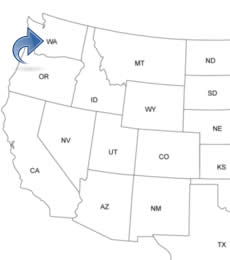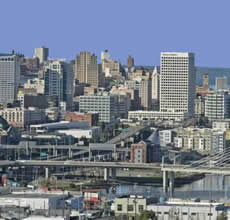WASHINGTON PEOPLE SEARCH!
- ✔ Contact Info
- ✔ Phone Numbers
- ✔ Criminal Records
- ✔ Income Info
- ✔ Neighbors
- ✔ People's Age
- ✔ Property Ownership
- ✔ And Much More
Tacoma, Washington
Tacoma is located in the west-central part and is the third largest city in the U.S. State of Washington. The City of Destiny. Tacoma is known worldwide for its glass art, Tacoma's. Tacoma has a dynamic art scene and you will find award-winning arts and architecture in the city. Tacoma is listed as the 19th most walkable city in the country and has over fifty parks. The Point Defiance Park is one of the largest parks in the country. The city has eight historic districts and over 1,000 historic properties.
To See And To Do In Tacoma
- Museum of Glass
- The Tacoma Narrows Bridge
- Tacoma Art Museum
- Point Defiance Park
- The Seymour Botanical Conservatory
- Foss Waterway Seaport
- Fort Nisqually Living History Museum
- Washington State History Museum
- Tacoma Musical Playhouse
- Chihuly Bridge of Glass
- LeMay America's Car Museum
History Of Tacoma - Timeline
In 1792, George Vancouver gave the name "Puget's Sound" to the waters south of the Tacoma Narrows. In 1841, Charles Wilkes explored the area and the waters off Tacoma’s shoreline. In 1852, Nicolas Delin from Sweden settled in the area and constructed a sawmill. Other settlers followed but the settlement was abandoned around 1855 during the Indian War.
In 1864, the postmaster Job Carr built a cabin. In 1868, the developer Morton McCarver started the project Tacoma City to build the city. In 1869, the Hanson & Ackerman Mill was built and the city became established in the lumber industry. It started a boom and more families settled in Tacoma. In 1872, around 100 citizens lived there, and there were a saloon, a hotel, a jail, a lumber mill, two stores, and a blacksmith. The city was incorporated on November 12, 1875. In 1883, the first daily newspaper was published.
In 1884, Tacoma the Annie Wright School was established. In 1888, two horse-drawn streetcar lines in the city were constructed. In 1890, more than 36,000 people lived in the city. In 1893, the city had telephones.
In 1900, a trolley fell into a ravine and killed 43 people. In 1905, the William Ross Rust House was built. In 1918, the office building and a vaudeville theatre, the Pantages Theatre, opened. In 1935, the Tacoma Art Museum was founded. In 1940, the first Tacoma Narrows Bridge collapsed. In 1950, nearly 144,000 people were living in the city. In 2000, a replica of Job Carr's cabin was erected in Old Town. In 2004, the Greater Tacoma Convention Center, a convention center in downtown Tacoma, opened.

